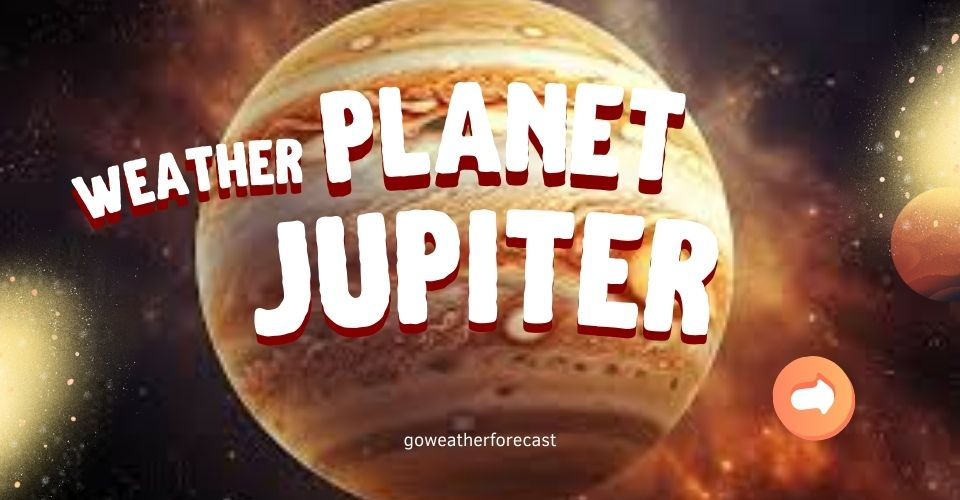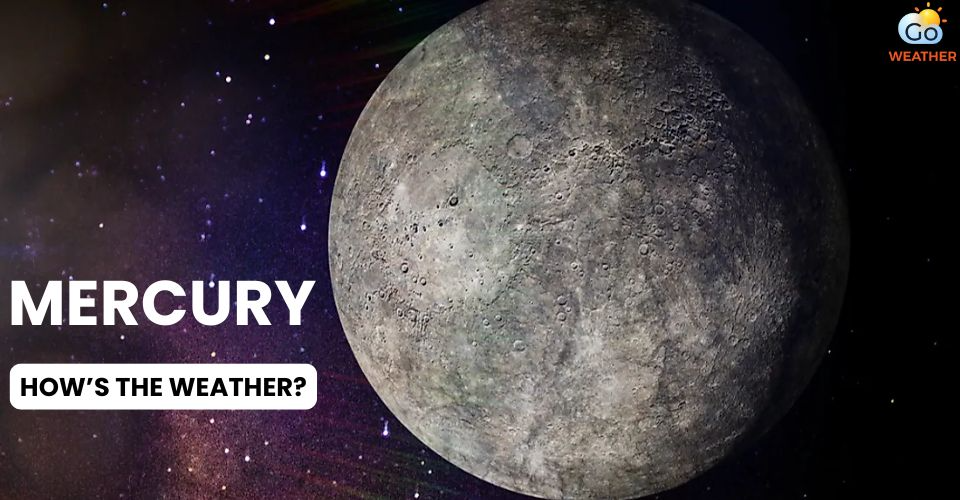Understand Moon Phases and Meanings in Order: A Comprehensive Guide
The moon, with its mysterious brightness and ever-changing phases, has captured the human imagination for decades. It is an emblem that transcends philosophies and cultures, weaving a rich tapestry of symbolism and meaning. From self-care practices tailored to each lunar phase to the energy resonance of gemstones, human investigation into the moon's effect is extensive and diverse. But before we go on this cosmic voyage, let's learn about the many moon phases and meanings!
.jpg)
Explain moon phases names and meanings
What Are the Phases of the Moon?
The moon's phases indicate its changing appearance as seen from Earth, with a cycle that occurs about every 29.5 days.
There are eight moon phases, each of which has its unique symbolism and energy, affecting the natural world and our personal experiences. Look at the picture below for a glance:
.jpg)
Different moon phases and meanings
These 08 phases come one after the other when the Moon moves through its cycle every month. The new moon phases begin after the Waning Crescent, with the first phase being, of course, the New Moon.
New Moon
The moon is hardly visible during the first phase since it is on the same side of the earth as the sun. This is commonly referred to as the moon's dark side.
.jpg)
New Moon
The New Moon phase is associated with fresh beginnings, limitless possibilities, and rejuvenation. It is an excellent opportunity to think about what has happened, learn from it, and put it behind you as you refresh and restart.
Waxing Crescent
This phase illuminates the right side of the moon as the sun moves from behind it, forming a crescent shape.
.jpg)
Waxing Crescent
The Waxing Crescent phase is commonly known as the rebuilding phase. Once the moon has re-emerged with new energy, it is a great time to create new goals for the coming month and concentrate on self-improvement.
First Quarter
During this moon phase, the entire right side is illuminated because of the sun and moon being side by side.
.jpg)
First Quarter
The First Quarter Moon phase is frequently characterized by the appearance of obstacles and the necessity for decisions. This is not the time to be hesitant; instead, remove all roadblocks and go on.
Waxing Gibbous
During the last phase before a Full Moon, just a little portion of the moon's surface remains black. At this time, you are most likely to view the moon during the day.
.jpg)
Waxing Gibbous
The Waxing Gibbous Moon phase is a time to look back. It is time to reflect on the life lessons you have learned and the internal growth that has resulted from them and utilize this information to change your present goals and life path accordingly.
Full Moon
Because the sun and moon are on opposite sides of the planet, the Full Moon phase illuminates the whole face of the moon, making it visible to everyone.
.jpg)
Full Moon
The Full Moon phase is regarded to be the most powerful of the lunar phases. It's a time to harvest intentions, celebrate accomplishments, and reap rewards.
The Full Moon is frequently connected to the Yin to the Yang of the New Moon, and as such, it can signify a moment of closure and coming full circle.
Waning Gibbous
During this phase, the sun starts moving behind the moon, resulting in a little black slither on the right side of the moon.
.jpg)
Waning Gibbous
A Waning Gibbous Moon phase offers an opportunity to reflect on your goals. You should feel grateful for what has happened this month and refocus on your goals for the future.
Third Quarter
This is when the moon is lighted on the left side, returning to its half-power phase.
.jpg)
Third Quarter
The last quarter moon is a time to purify oneself and let go of negativity and bad habits that are holding you back. Get rid of anything that no longer benefits you.
Waning Crescent
The moon returns to an illuminated crescent shape during this phase, which is the final phase before the new moon period begins.
.jpg)
Waning Crescent
The Waning Crescent Moon is the ideal time to rest and recharge. It's a time for self-care, finding inner peace, reconnecting with oneself, and giving up anything that is beyond our control before the moon cycle begins again.
|
Read more: |
What Causes Moon Phases to Occur?
The lunar phases are created by the interaction of the moon's orbit around the Earth with the sunlight that illuminates it.
As the moon revolves around our planet, different parts of its surface are illuminated by the sun's rays, resulting in the many phases seen from Earth.
This cycle begins with the New Moon, when the moon lies between the Earth and the sun, leaving the side that faces us in darkness.
As the moon advances around its orbit, a part of the light side becomes visible, forming the Waxing Crescent.
This progressive rise in visibility continues during the First Quarter and Waxing Gibbous phases, culminating in the Full Moon when the moon's face is fully illuminated.
.jpg)
What causes moon phases to occur?
After reaching the Full Moon phase, the moon keeps going in its orbit, causing the lighted section to diminish. This signals the start of the Waning Gibbous phase, which is followed by the Last Quarter and finally the Waning Crescent.
Finally, the moon returns to its position between the Earth and the Sun, completing the cycle with the New Moon phase.
This continual dance of the moon, earth, and sun is a natural celestial rhythm that governs the lunar phases and has intrigued humans throughout history.
How Do the Phases of the Moon Affect Humans?
In addition to understanding the types of moon phases and their meanings, it is also crucial to know how they affect us.
While many people view the moon's phases as having profound value, as described above in each phase, the moon also plays an important part in tides and agriculture.
Tides have the greatest scientifically reported influence on the moon and its cycles. There would be no tides if the moon's gravitational pull did not exist. The greatest tides occur during the New and Full Moon phases.
► You can read more in this post: Moon phases and tides
.jpg)
Moon phases and effects on humans
Not to mention, moon phases have enormous cultural significance in some regions of the world.
Some farmers think that planting and harvesting at specific times during the moon cycle influences soil fertility and development.
Moreover, the moon and its cycles have been referenced in a variety of cultural and religious contexts worldwide.
For instance, in Ancient China, the Full Moon heralded the Mid-Autumn Festival. Many Native Americans also celebrated the New Moon as a symbol of new beginnings.
Last but not least, the moon significantly affects the weather on Earth. For more details, head over to our guide on “how the moon affects the weather.”
Moon Phases Calendar 2025
Below, you can find the dates of 4 main moon phases in 2025, which are given in Coordinated Universal Time (UTC).
|
Phase |
Date |
|
First Quarter Full Moon Last Quarter |
07/01/2025 14/01/2025 22/01/2025 |
|
New Moon First Quarter Full Moon Last Quarter |
29/01/2025 05/02/2025 12/02/2025 21/02/2025 |
|
New Moon First Quarter Full Moon Last Quarter |
28/02/2025 07/03/2025 14/03/2025 22/03/2025 |
|
New Moon First Quarter Full Moon Last Quarter |
29/03/2025 05/04/2025 13/04/2025 21/04/2025 |
|
New Moon First Quarter Full Moon Last Quarter |
28/04/2025 04/05/2025 13/05/2025 20/05/2025 |
|
New Moon First Quarter Full Moon Last Quarter |
27/05/2025 03/06/2025 11/06/2025 19/06/2025 |
|
New Moon First Quarter Full Moon Last Quarter |
25/06/2025 03/07/2025 11/07/2025 18/07/2025 |
|
New Moon First Quarter Full Moon Last Quarter |
25/07/2025 01/08/2025 09/08/2025 16/08/2025 |
|
New Moon First Quarter Full Moon Last Quarter |
23/08/2025 31/08/2025 08/09/2025 14/09/2025 |
|
New Moon First Quarter Full Moon Last Quarter |
22/09/2025 30/09/2025 07/10/2025 14/10/2025 |
|
New Moon First Quarter Full Moon Last Quarter |
21/10/2025 30/10/2025 05/11/2025 12/11/2025 |
|
New Moon First Quarter Full Moon Last Quarter |
20/11/2025 28/11/2025 05/12/2025 12/12/2025 |
|
New Moon First Quarter |
20/12/2025 28/12/2025 |
Wrapping up
We have recently learned about the 8 moon phases and meanings in a lunar cycle that takes about 30 days (29.53 days to be exact) to finish. Now, you, yourself, can tell what phase the Moon is in just by looking at it illuminating in the night sky, right? We hope you enjoyed this post.

![How the Moon Affects the Weather on Earth [An Ultimate Guide]](https://admin.goweatherforecast.com/images/1733193178.png)








0 Comments
Leave a Comment
Your email address will not be published. Required fields are marked *